Điều tra vụ bùng phát bệnh từ thực phẩm - Lê Hoàng Ninh
Dịch ( epidemic) hay còn gọi là bùng phát ( outbreak)khi số ca bệnh cao hơn số dự kiến xảy ra ( trị số bình
thường) tại một địa phương, khu vực nào đó, hay trên một nhóm dân số nào đó trong một thời khoảng nhất định

Trang 1
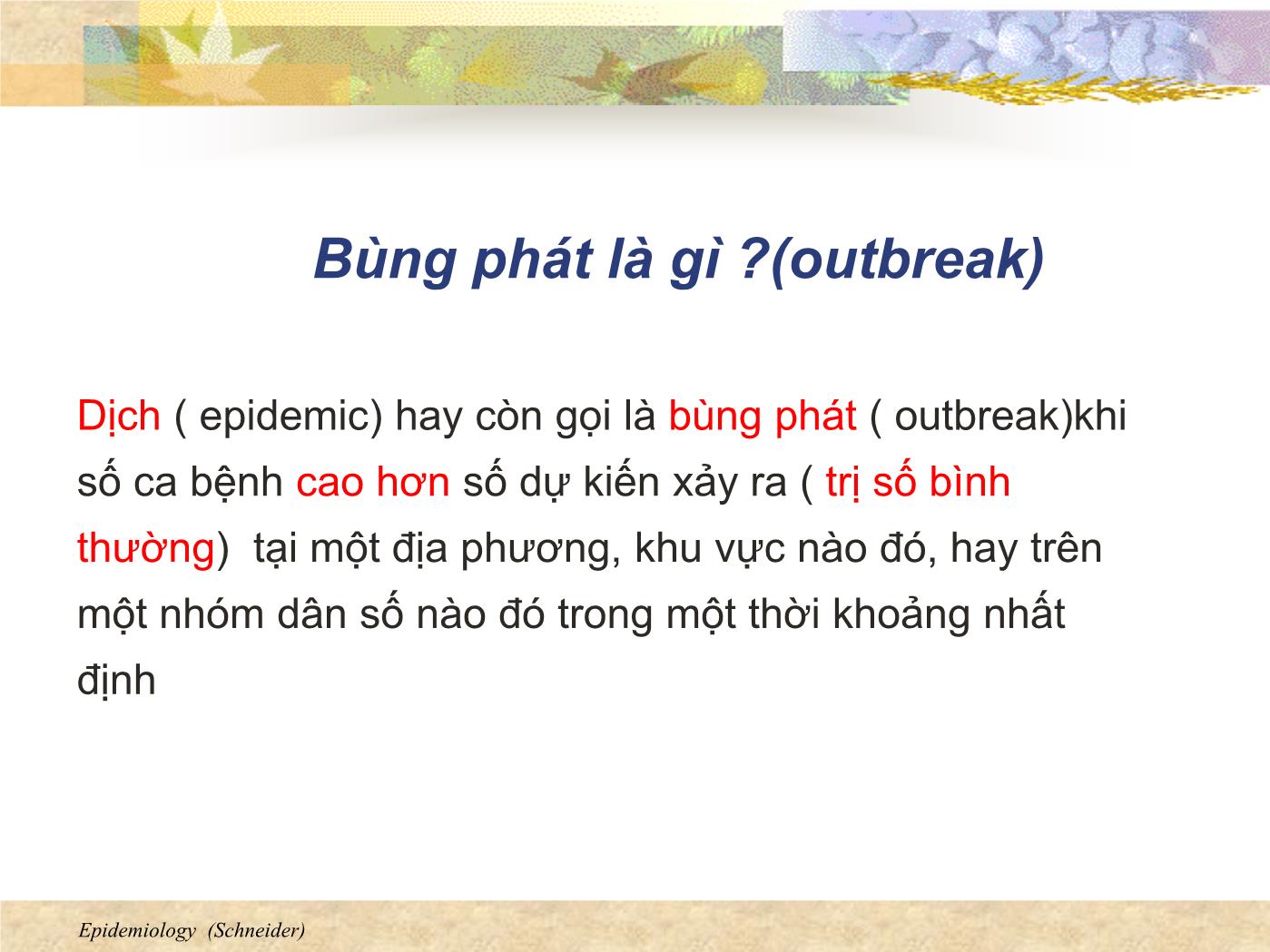
Trang 2
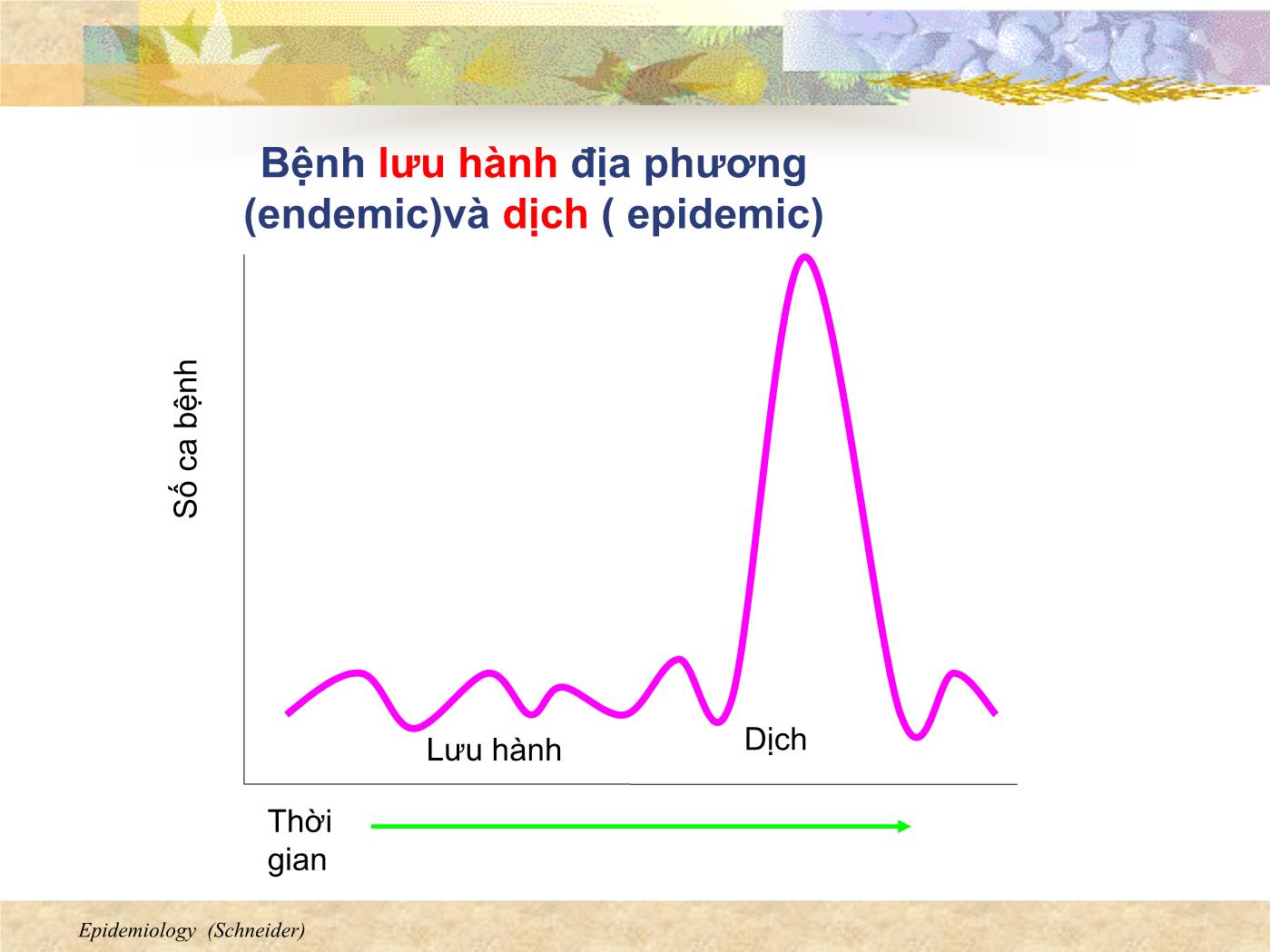
Trang 3
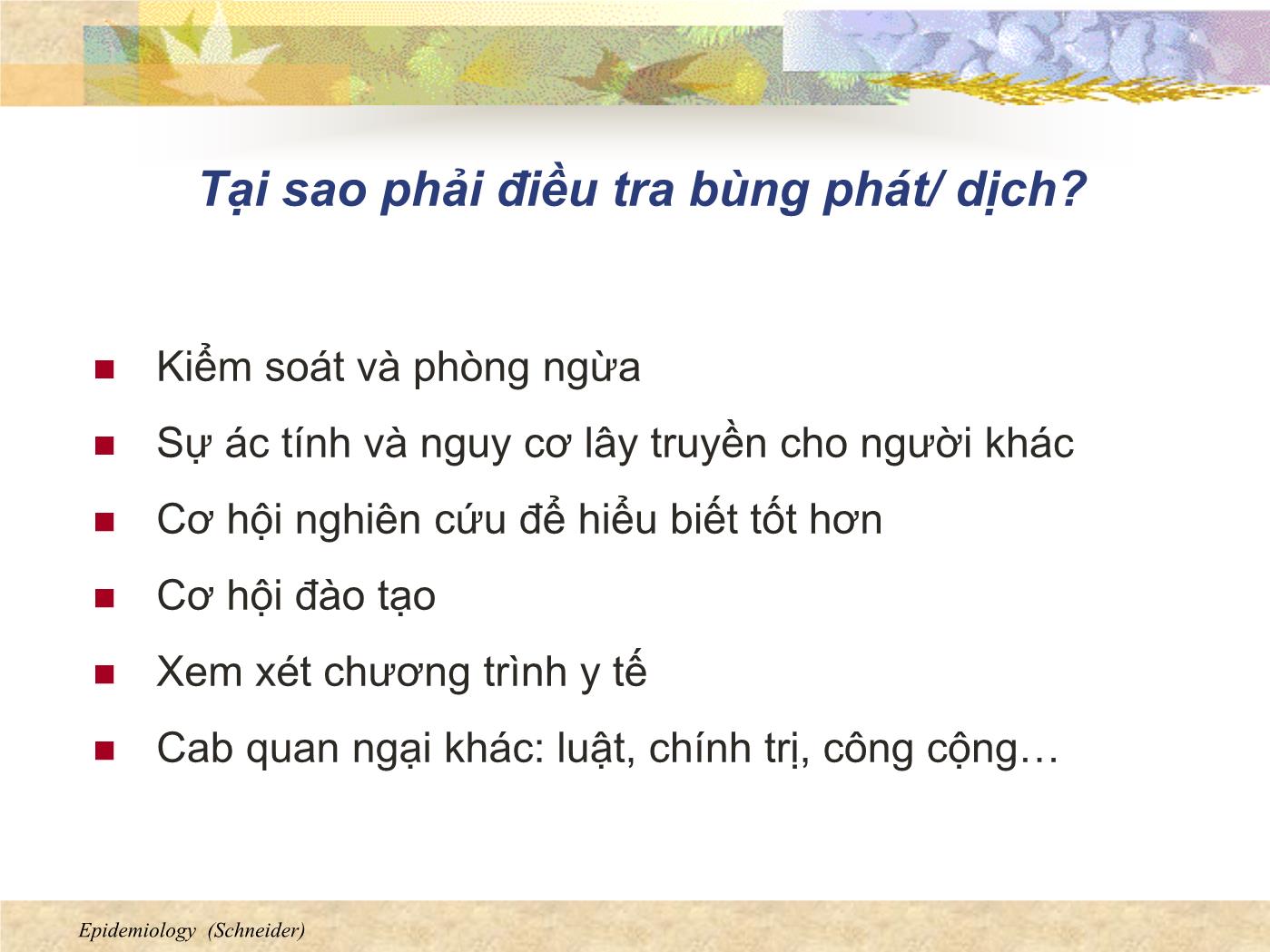
Trang 4

Trang 5
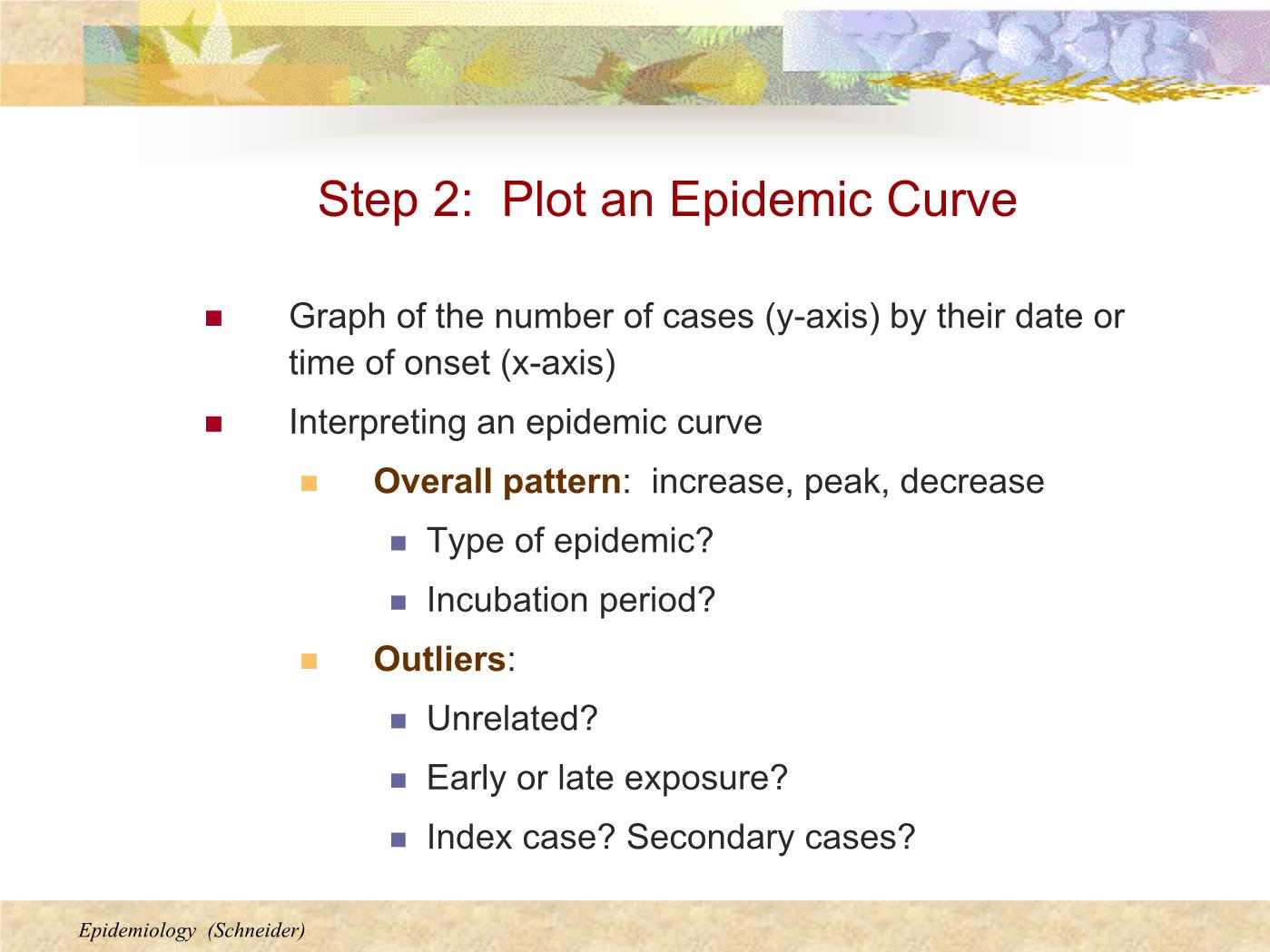
Trang 6
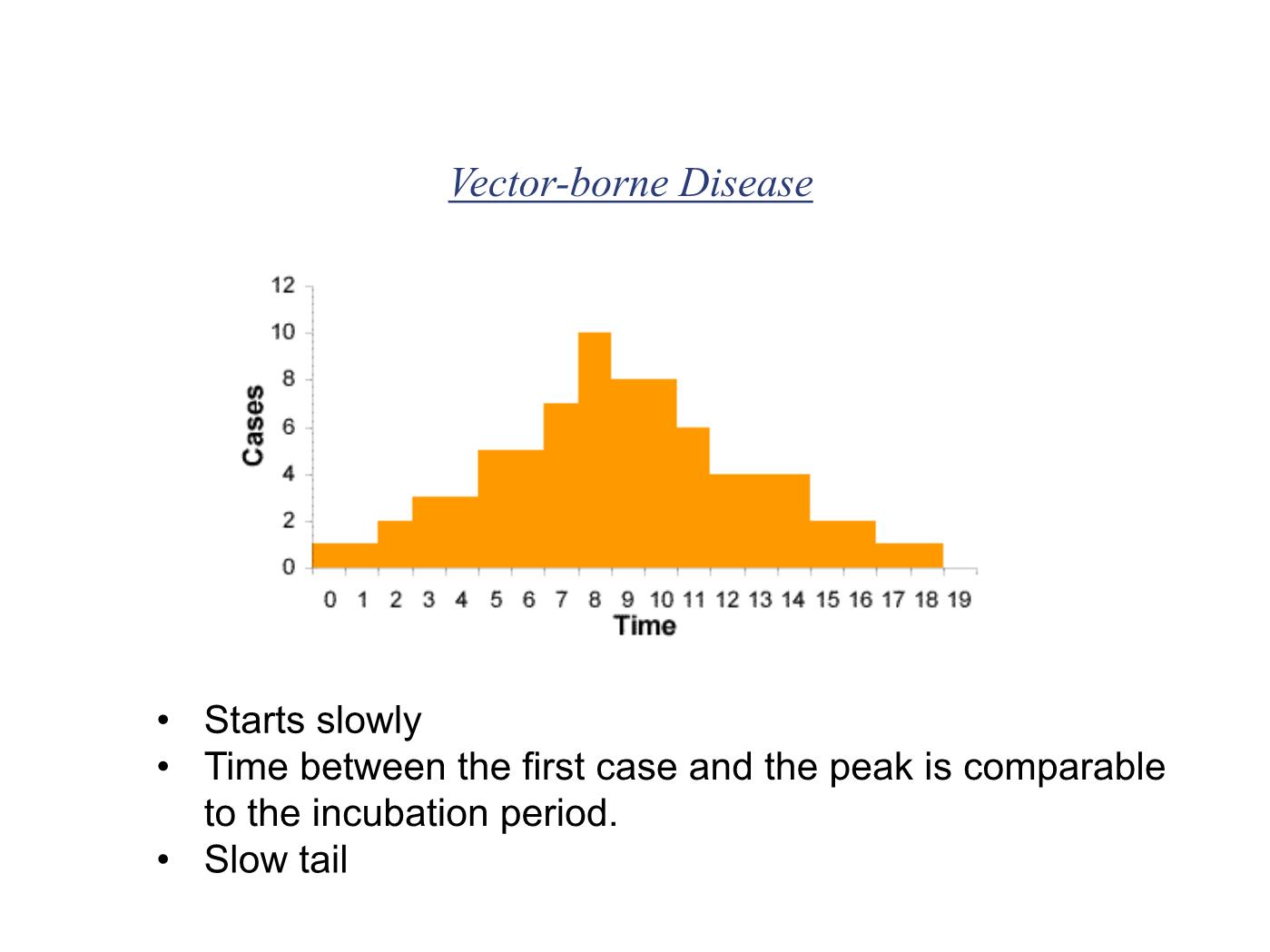
Trang 7
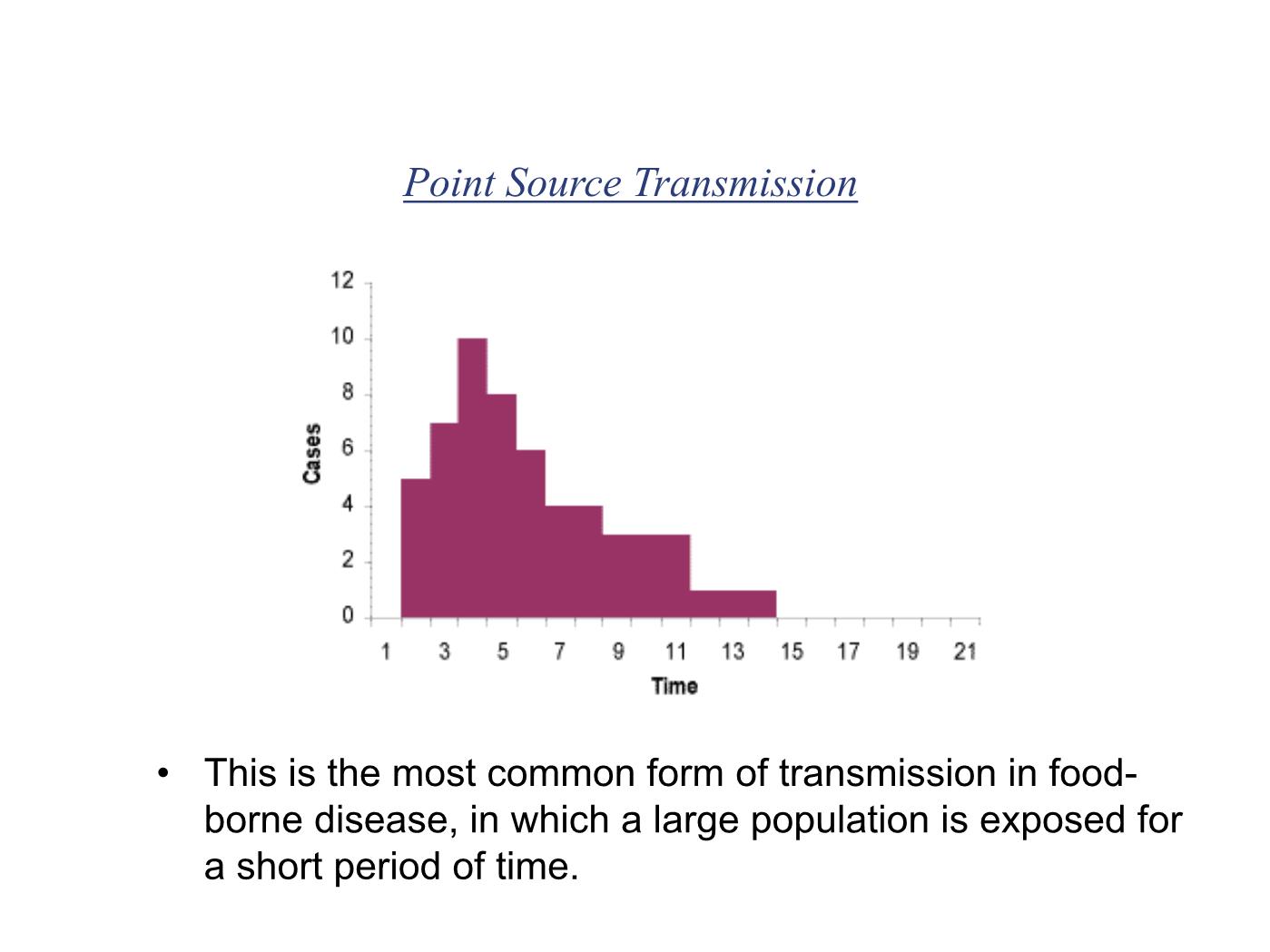
Trang 8
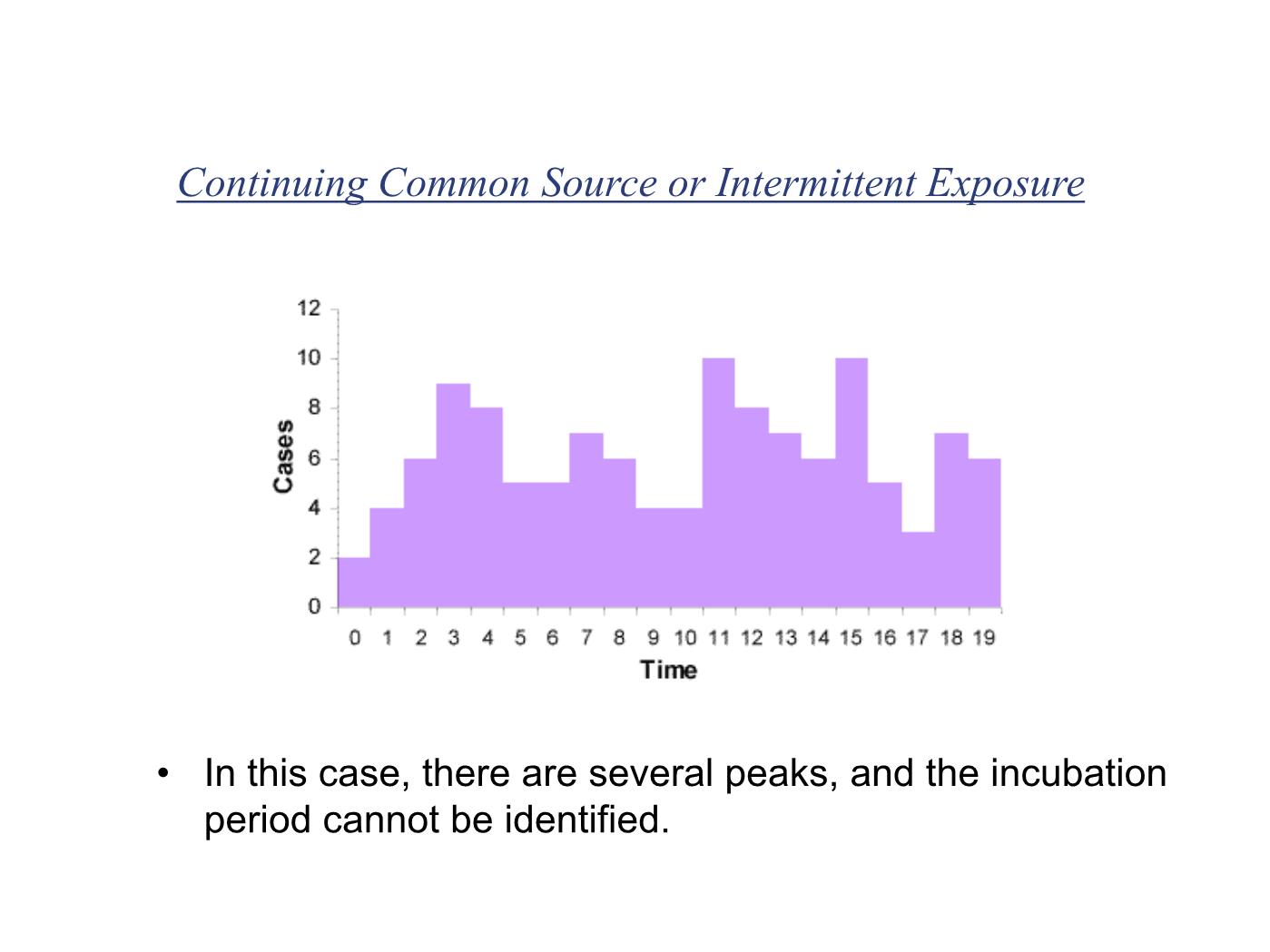
Trang 9
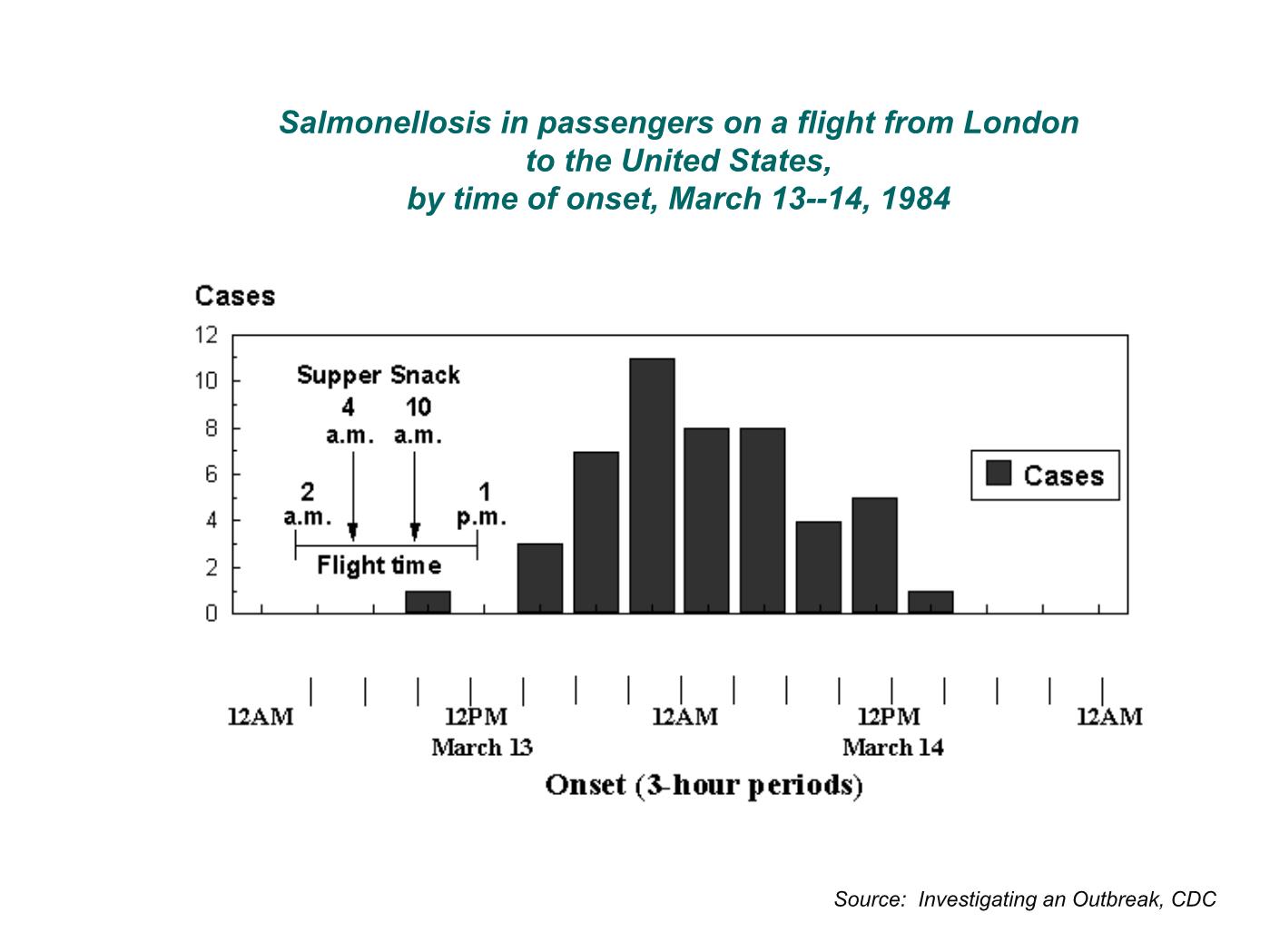
Trang 10
Tải về để xem bản đầy đủ
Bạn đang xem 10 trang mẫu của tài liệu "Điều tra vụ bùng phát bệnh từ thực phẩm - Lê Hoàng Ninh", để tải tài liệu gốc về máy hãy click vào nút Download ở trên
Tóm tắt nội dung tài liệu: Điều tra vụ bùng phát bệnh từ thực phẩm - Lê Hoàng Ninh

Điều Tra Vụ bùng phát bệnh từ thực phẩm GS, Ts Lê Hoàng Ninh Epidemiology (Schneider) Bùng phát là gì ?(outbreak) Dịch ( epidemic) hay còn gọi là bùng phát ( outbreak)khi số ca bệnh cao hơn số dự kiến xảy ra ( trị số bình thường) tại một địa phương, khu vực nào đó, hay trên một nhóm dân số nào đó trong một thời khoảng nhất định Epidemiology (Schneider) Bệnh lưu hành địa phương (endemic)và dịch ( epidemic) Lưu hành Dịch S ố c a b ệ n h Thời gian Epidemiology (Schneider) Tại sao phải điều tra bùng phát/ dịch? Kiểm soát và phòng ngừa Sự ác tính và nguy cơ lây truyền cho người khác Cơ hội nghiên cứu để hiểu biết tốt hơn Cơ hội đào tạo Xem xét chương trình y tế Cab quan ngại khác: luật, chính trị, công cộng Epidemiology (Schneider) Step 1: Verify the outbreak Determine whether there is an outbreak – an excess number of cases from what would be expected Establish a case definition Non-ambiguous Clinical / diagnostic verification Person / place / time descriptions Identify and count cases of illness Epidemiology (Schneider) Step 2: Plot an Epidemic Curve Graph of the number of cases (y-axis) by their date or time of onset (x-axis) Interpreting an epidemic curve Overall pattern: increase, peak, decrease Type of epidemic? Incubation period? Outliers: Unrelated? Early or late exposure? Index case? Secondary cases? • Starts slowly • Time between the first case and the peak is comparable to the incubation period. • Slow tail Vector-borne Disease • This is the most common form of transmission in food- borne disease, in which a large population is exposed for a short period of time. Point Source Transmission • In this case, there are several peaks, and the incubation period cannot be identified. Continuing Common Source or Intermittent Exposure Salmonellosis in passengers on a flight from London to the United States, by time of onset, March 13--14, 1984 Source: Investigating an Outbreak, CDC Legionnaires' Disease By date of onset, Philadelphia, July 1-August 18, 1976 Source: Investigating an Outbreak, CDC Foodborne Outbreak (Propagated) Source: CDC, unpublished data, 1978 Epidemiology (Schneider) Step 3: Calculate attack rates Attack rate = (ill / ill + well) x 100 during a time period If there is an obvious commonality for the outbreak, calculate attack rates based on exposure status (a community picnic) If there is no obvious commonality for the outbreak, calculate attack rates based on specific demographic variables (hepatitis cases in a community) Epidemiology (Schneider) Step 4: Determine the source of the epidemic If there is an obvious commonality for the outbreak, identify the most likely cause and investigate the source to prevent future outbreaks If there is no obvious commonality for the outbreak, plot the geographic distribution of cases by residence/ work/school/location and seek common exposures Epidemiology (Schneider) Control of present outbreak Prevention of future similar outbreaks Step 5: Recommend control measures The vast majority of outbreaks are food-borne Foodborne Disease Outbreak An incident in which (1) two or more persons experience a similar illness after ingestion of a common food, and (2) epidemiologic analysis implicates the food as the source of the illness Intoxication – ingestion of foods with Toxicants found in tissues of certain plants (Jimpson Weed) and animals (seal liver) Metabolic products (toxins) formed and excreted by microorganisms while they multiply (botulinum toxin) Poisonous substances introduced during production, processing, transportation or storage (chemicals, pesticides) Foodborne Disease Outbreak (cont.) Infections – Caused by the entrance of pathogenic microorganisms into the body and the reaction of the body tissues to their presence or to toxins they generate within the body Rule of thumb – but not law Intoxicants are rapid onset, no fever Toxins in the stomach produce vomiting Toxins in the intestines produce diarrhea Infections produce fever Epidemiology (Schneider) Types of Foodborne Contamination Physical Glass, metal fragments, tacks, dirt, bone, etc. Chemical Pesticides, cleaning compounds, poisonous metals, additives and preservatives Biological Bacteria, viruses, fungi, yeast, molds, parasites, poisonous fish and plants, insect and rodents Epidemiology (Schneider) Bacterial Requirements Food: Most bacteria require what is known as potentially hazardous food Milk or milk products, eggs, meat, poultry, fish, shellfish, crustaceans, raw seed sprouts, heat treated vegetables and vegetable products (fruits?) Generally high protein, moist foods Epidemiology (Schneider) Bacterial Requirements (cont.) Water: Bacteria require moisture to thrive The water activity (Aw) is the amount of water available in food The lowest Aw at which bacteria will grow is 0.85 Most potentially hazardous foods have a water activity of 0.97 to 0.99 pH: Best growth at neutral or slightly acidic pH Potentially hazardous foods have a pH of 4.6 – 7.0 Epidemiology (Schneider) Bacterial Requirements (cont.) Temperature: The danger zone for potentially hazardous foods is 45 to 140 degrees Fahrenheit This is the zone where most bacterial growth occurs Time: Potentially hazardous foods must not be allowed to remain in the danger zone for more than 4 hours Oxygen: Some bacteria require oxygen while others are anaerobic and others are facultative Epidemiology (Schneider) Improper cooling of foods Improper cooking of foods Improper reheating of foods Improper holding temperature of foods Cross contamination Infected food handlers, poor employee hygiene
File đính kèm:
 dieu_tra_vu_bung_phat_benh_tu_thuc_pham_le_hoang_ninh.pdf
dieu_tra_vu_bung_phat_benh_tu_thuc_pham_le_hoang_ninh.pdf

